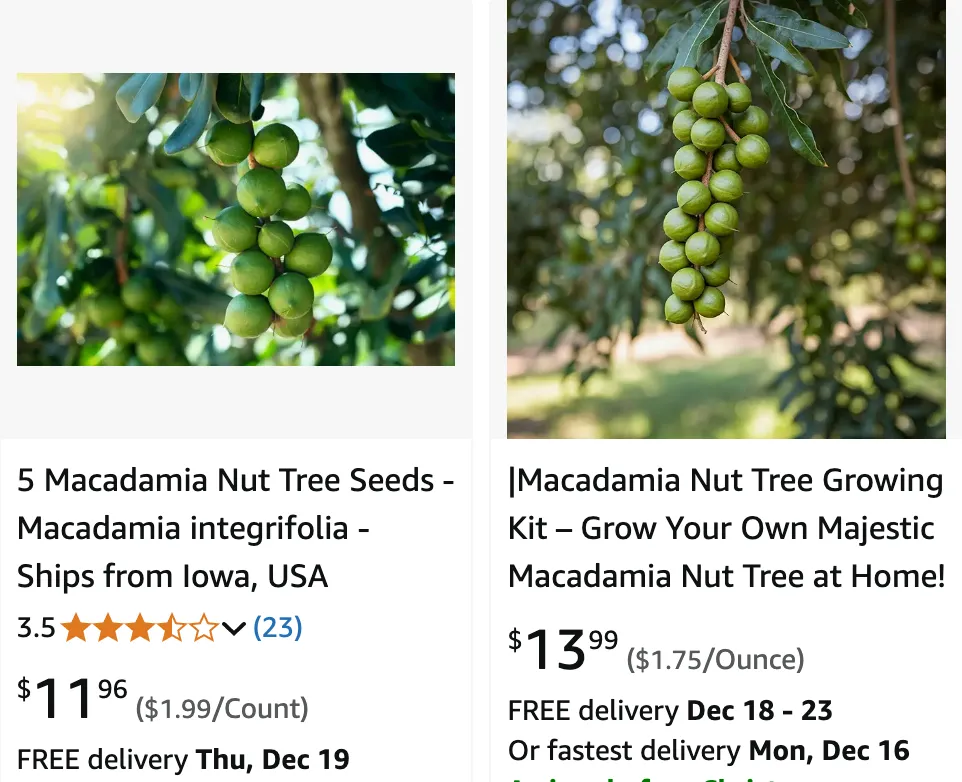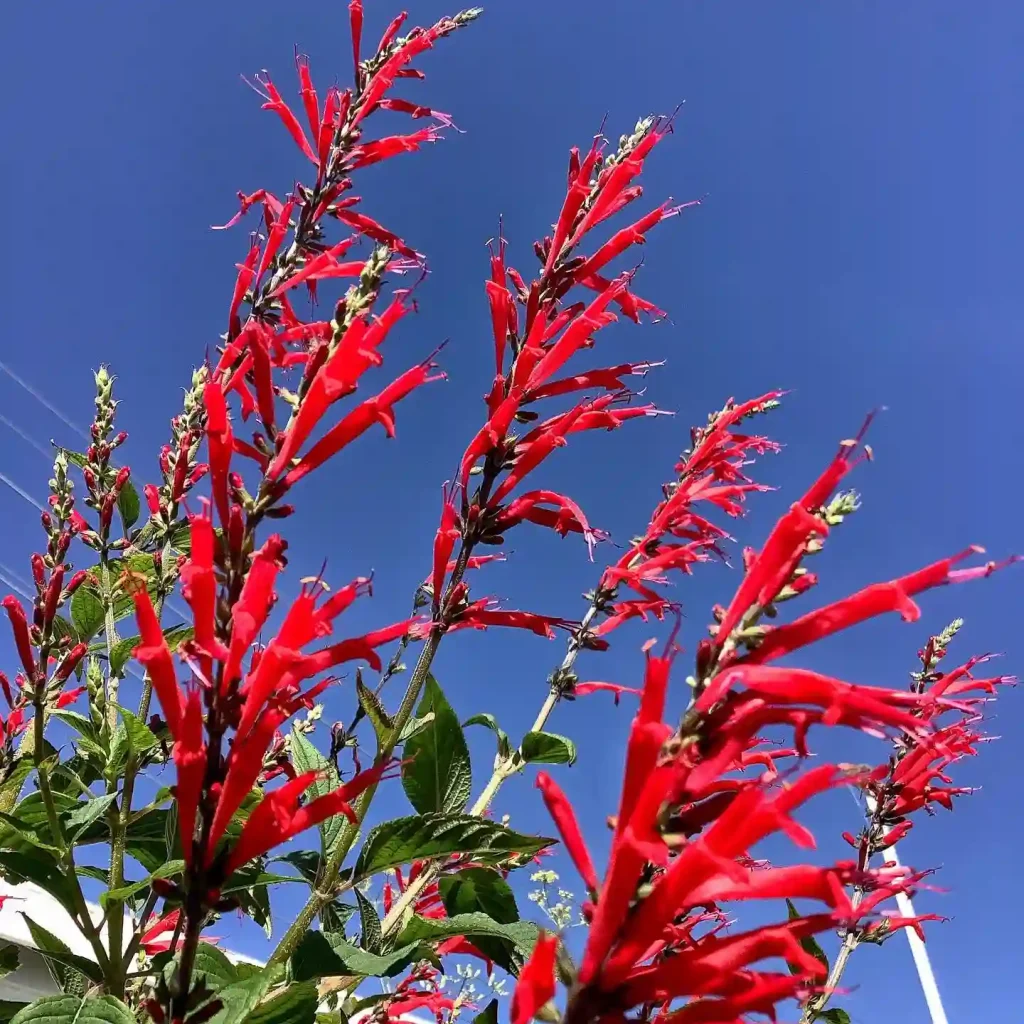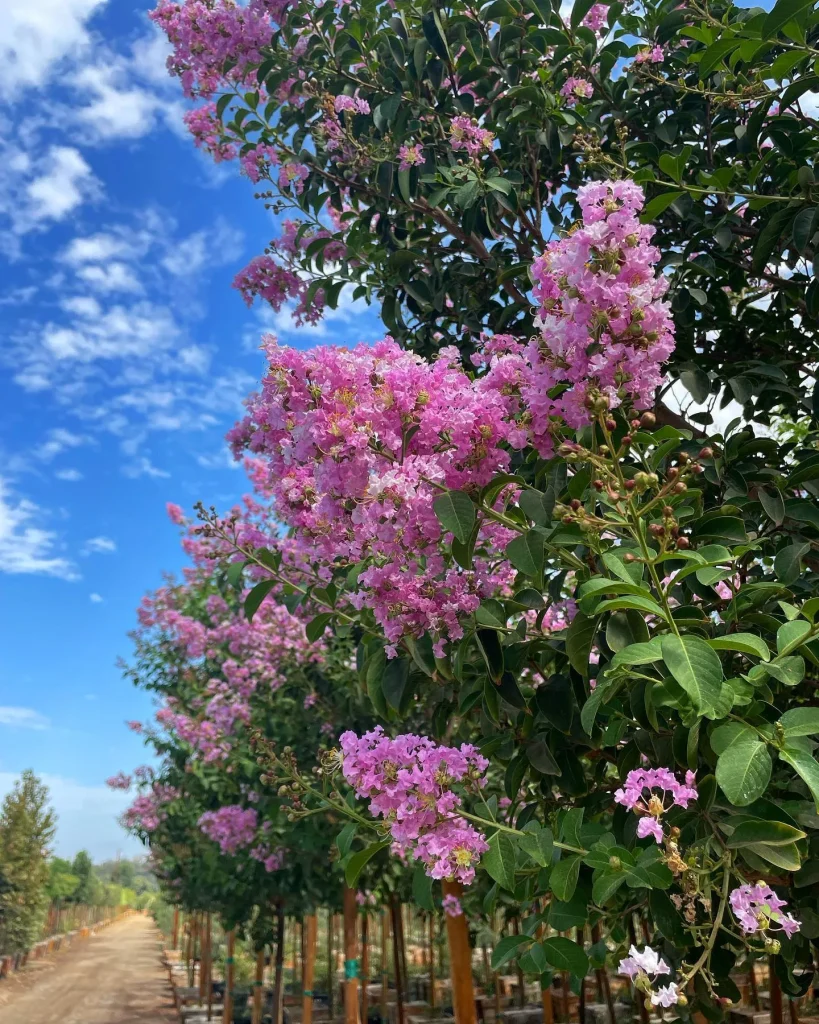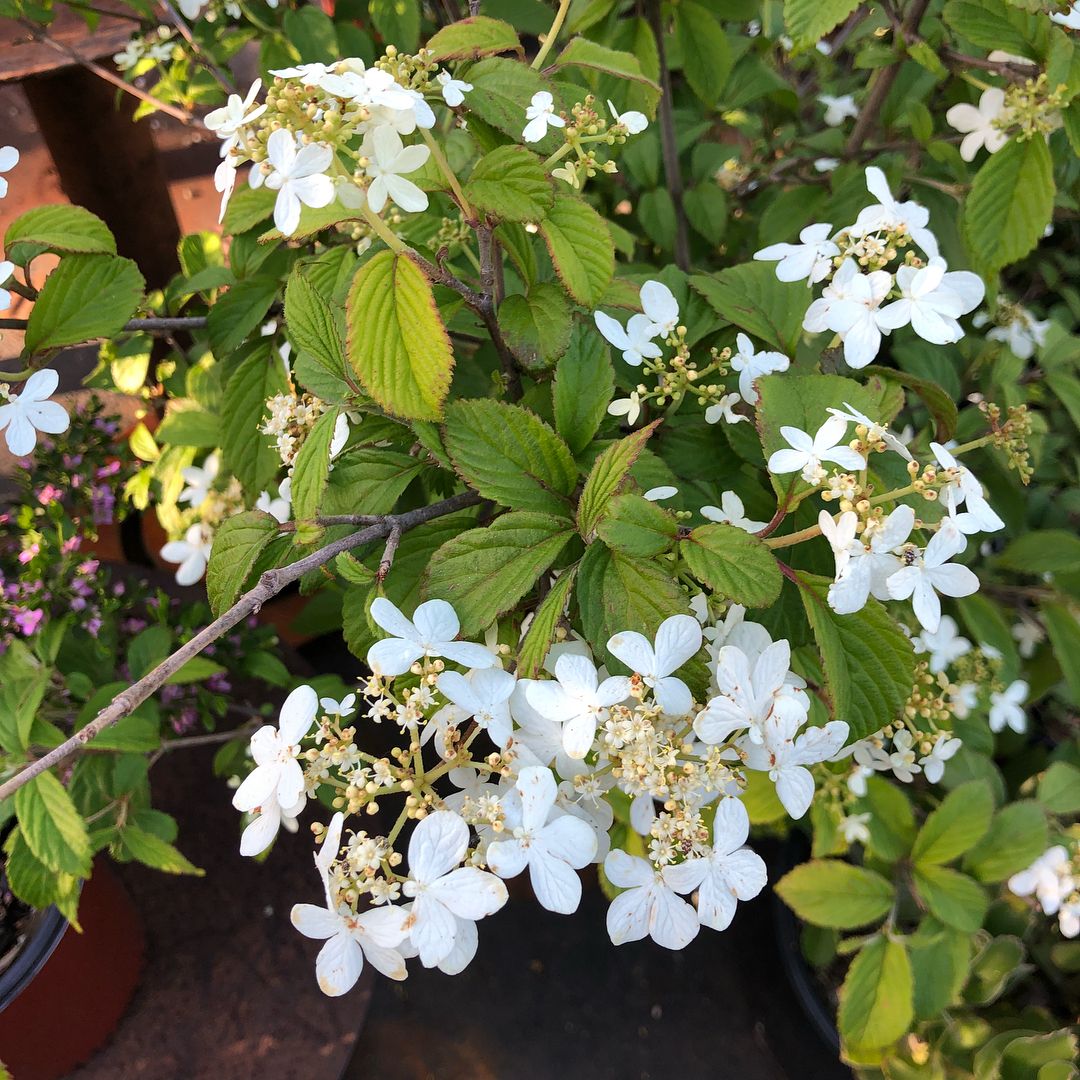
December 26 – Macadamia
"Macadamia, the nut tree, represents December 26."
Macadamia symbolizes abundance and generosity. You are both rich in spirit and selfless in giving. Like its delicious nuts, your presence is nourishing and brings joy to all who experience it.
Cracking the Code: My Journey into the World of Macadamia
Hi, I’m Ferb Vu, and I’ve always been fascinated by the natural world, especially the intricate world of plants. Lately, I’ve found myself drawn to the macadamia, a genus of trees belong to the Proteaceae family, that produce those deliciously buttery nuts we all love. Join me as I delve into the fascinating world of the macadamia, exploring its history, cultivation, and the unique characteristics that make it so special.
A Brief History of the Macadamia
The macadamia tree, native to the rainforests of eastern Australia, has a rich history intertwined with both the Aboriginal people and European botanists. For thousands of years, Aboriginal Australians consumed the nuts as a valuable food source, recognizing their high nutritional value. It wasn’t until the mid-19th century that European settlers took notice. Ferdinand von Mueller, a prominent German-Australian botanist, officially named the genus Macadamia in 1857, honoring his friend John Macadam, a respected chemist and politician.
While Australia holds the title of the macadamia’s birthplace, Hawaii emerged as the pioneer in commercial macadamia cultivation. In the late 1800s, the trees were introduced to the Hawaiian islands, and by the early 20th century, large-scale production was underway. Today, Hawaii remains a major player in the global macadamia market, alongside other key producers like Australia, South Africa, and Kenya.
The Macadamia Family Tree: Exploring the Species
The Macadamia genus comprises four distinct species, each with its own unique characteristics:
- Macadamia integrifolia: This species is one of the two main species cultivated for commercial nut production. It’s known for its smooth-shelled nuts, high oil content, and creamy texture.
- Macadamia tetraphylla: The other major commercial species, M. tetraphylla, produces rough-shelled nuts with a slightly more pronounced flavor compared to M. integrifolia.
- Macadamia ternifolia: While less common in cultivation, M. ternifolia is notable for its distinctive three-leaved clusters. However, unlike its commercially popular relatives, its nuts contain cyanogenic glycosides and are considered toxic if consumed raw.
- Macadamia jansenii: This rare species, also known as the Bulberin nut, is found in a limited area of southeastern Queensland. Like M. ternifolia, its nuts are also toxic due to the presence of cyanogenic glycosides.
Interestingly, M. integrifolia and M. tetraphylla often hybridize, creating trees with characteristics that blend both species. This natural hybridization adds complexity to the macadamia family tree, further highlighting the fascinating diversity within this genus.
Cultivation and Challenges
Macadamia trees thrive in subtropical climates with ample rainfall and well-drained soil. They are sensitive to frost and strong winds, requiring sheltered locations for optimal growth. While they can tolerate a range of soil types, slightly acidic soil rich in organic matter is ideal.
Cultivating macadamia presents its own set of challenges. These trees are notoriously slow-growing, taking several years to reach maturity and begin producing nuts. Additionally, they are susceptible to pests and diseases, such as the macadamia nut borer and fungal diseases like Phytophthora root rot, requiring careful management to ensure healthy yields.
Despite these challenges, the demand for macadamia nuts continues to grow, driven by their exquisite flavor, versatility in culinary applications, and potential health benefits. From being enjoyed as a simple snack to adding a gourmet touch to desserts and savory dishes, macadamia nuts have secured their place as a prized ingredient in kitchens worldwide.
Looking Ahead: The Future of Macadamia
As consumer demand for macadamia nuts increases, research and development efforts focus on improving cultivation practices, developing disease-resistant varieties, and enhancing nut quality. Sustainable farming practices, such as efficient water management and integrated pest control, are also gaining traction to minimize the environmental impact of macadamia production.
The future of macadamia looks promising. With ongoing research and a growing appreciation for this versatile nut, the macadamia industry is poised for continued growth and innovation. As for me, I’m excited to continue my exploration of this fascinating genus, learning more about its unique biology, cultural significance, and the delicious secrets it holds.
If i die, water my plants!



